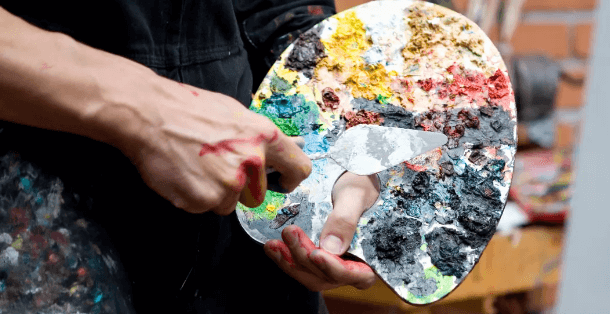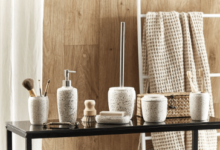How to Choose the Right Oil Paint Colors for Your Artwork

Colours play a crucial role for artists. They are essential in conveying emotions and setting the mood within their work, allowing them to communicate deeper feelings and stories without the need for words. Through careful use of colour, artists can highlight contrasts and direct the viewer’s focus to the most essential elements of their compositions.
One category that is quite famous among artists is oil paints. Choosing the right oil colours is not just about picking your favourites from a palette; it’s about understanding the nuances that will help bring your artistic vision to life. The selection of colours can significantly affect your artwork’s mood, depth, and realism. Here are several vital points when selecting the right colours for your next masterpiece.
Primary, Secondary, and Tertiary Colours
In colour theory, colours are categorised into primary, secondary, and tertiary groups based on their origin and how they are produced. The primary ones are red, yellow, and blue. These foundational hues cannot be created by mixing other hues; they are the sources of all different hues. Secondary hues, including green, orange, and purple, are formed by combining the primary ones. Tertiary hues go further, created by mixing a primary with a secondary colour.
See also: Exploring the Excitement: The World of Trending Sports
Choose a Colour Palette
Selecting a colour palette is the next step after understanding the basics of colour theory. Your choice of palette can define your style and the emotional impact of your artwork.
Limited Palette
A limited palette comprises a few colours that can create a range of hues. This approach helps maintain harmony throughout the piece. For instance, the classic Zorn palette includes yellow ochre, ivory black, vermilion, and white.
Monochromatic Palette
Various shades of a single colour can create a soothing and cohesive look. This is great for emphasising texture and light without the distraction of multiple hues.
Benefits of Mixing Colours
Mixing your shades when painting offers several benefits that can enhance your artwork’s process and outcome. Firstly, it provides greater control over the palette, allowing you to create the shade you need for each part. This is particularly useful to achieve subtle transitions and precise details that premixed shades might not offer.
Tips for Mixing Colours
When mixing your hues, it’s best to start with a simple palette and gradually introduce more shades as you gain confidence and experience. This method helps you understand how different hues interact without becoming overwhelmed by complexity. A palette knife is recommended for mixing because it helps keep your shades pure and prevents them from becoming muddy, which can happen when mixed with brushes.
Testing Before Application
It is crucial to always test your colours before applying them to your final artwork to avoid any unexpected results. One effective method to do this is by creating a colour chart. You can use small swatches of shades on a scrap canvas or paper to see how the shades look next to each other and reveal any underlying tones that might influence your desired outcome. Additionally, it’s essential to understand the drying shift that occurs with oil hues; they often dry slightly darker than their wet appearance.
Practical Considerations
Quality
Invest in high-quality oil hues. Higher-quality ones have more pigment and less filler, which means the shades are more vibrant and last longer without fading.
Safety and Clean-Up
They include solvents that can be hazardous if not used in an area with good ventilation. Always use gloves and clean your brushes with a solvent like turpentine or a safer alternative like linseed oil.
Choosing the suitable oil paints involves more than just picking shades you like. By understanding colour theory, selecting a suitable palette, considering the mood and theme, mixing your shades, and testing them thoroughly, you can enhance the overall impact of your artwork. Remember, practising regularly and experimenting with different hues and techniques is the best way to improve.





